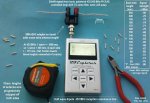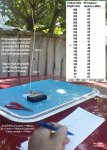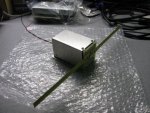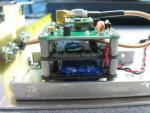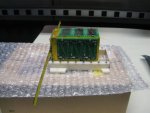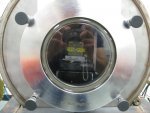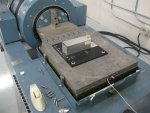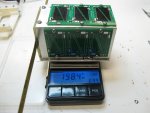Jeremy Harris
Senior Member
When we first introduced CAD/CAM in a place I worked (early eighties, I think) it was US software and defaulted to inches. The CAM plant was about 100 miles away from the CAD drawing office and a punched tape for the first part ( a special nut around 30mm in diameter machined from stainless) was duly despatched. When the lorry turned up with the ~1 tonne, beautifully machined, 30inch diameter nut we knew we had a problem...................I respectively suggest some rechecking (& a posted picture?) may be in order. In 2012 I'd a student who even confused mm & inches (arising from his dual standard tape measure) when constructing a 433 MHz Yagi. Upon presentation we could see at a glance that it's dimensions were over twice (2.54mm = 1 in) the intended !
BTW, 1 inch is 25.4mm, so more than 25 times the size if that mistake is made. Must have been a pretty big Yagi...................

